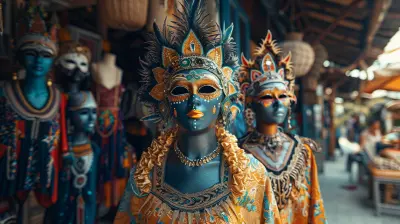The Cultural Significance of the Blue Mosque in Istanbul
4 September 2025
Nestled in the heart of Istanbul, where the East whispers to the West and stories echo through stone, stands one of the most iconic symbols of Turkey’s rich cultural heritage — the Blue Mosque. Officially known as Sultan Ahmed Mosque, this architectural masterpiece is not just a feast for the eyes but a living, breathing piece of history that continues to inspire awe and reverence worldwide.
But what makes the Blue Mosque so culturally significant? Why do millions flock to its courtyards every year with wide eyes and camera-ready hands? Let’s dig deep together and unravel the layers of this magnificent monument, one beautifully carved stone at a time.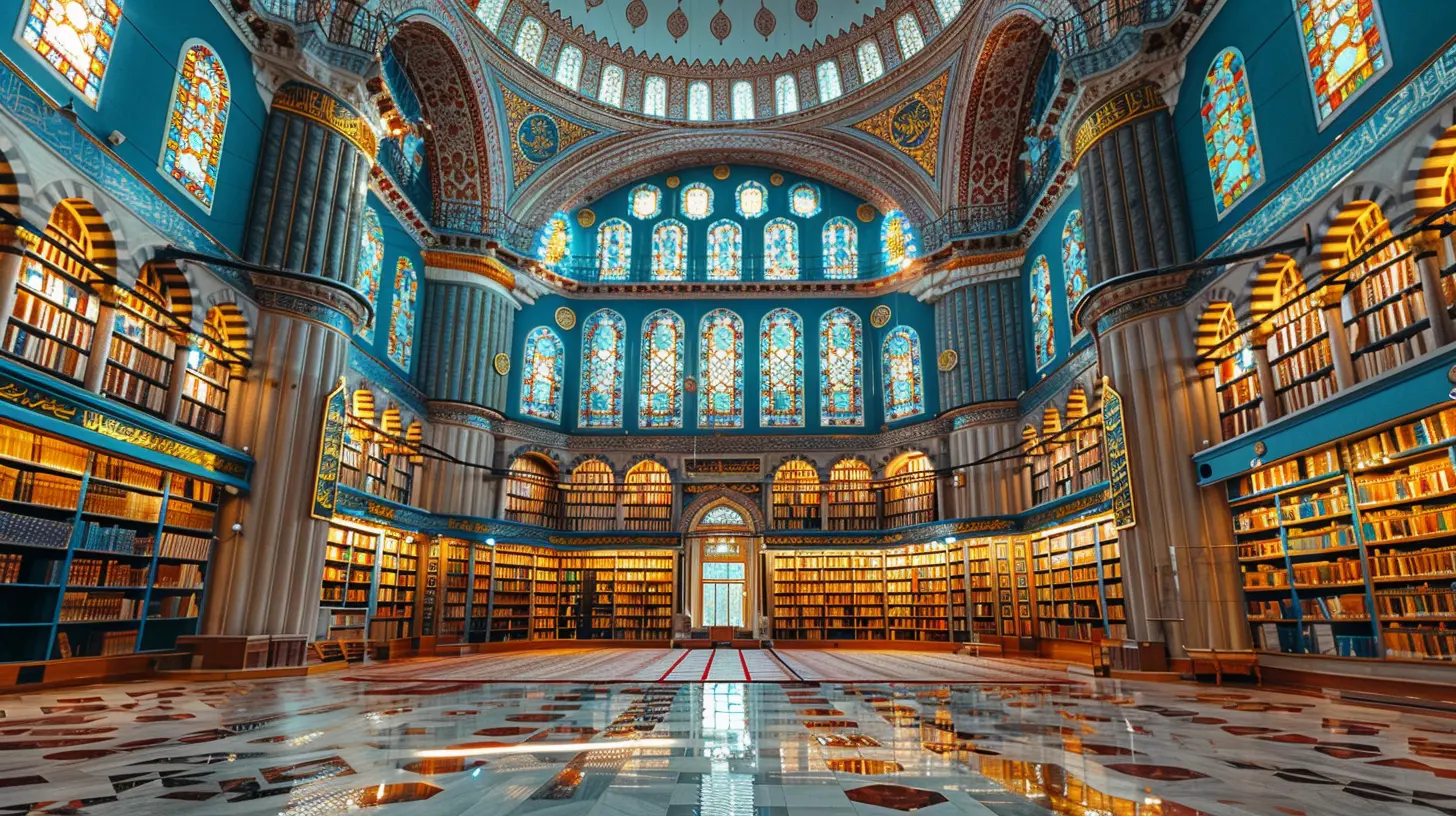
A Glimpse into History
Let’s rewind to the early 17th century. It’s the year 1609 — a time of sultans, grand empires, and an age when architecture screamed power and prestige.The young Ottoman Sultan Ahmed I decided to commission a grand mosque that would rival even Hagia Sophia, the famous former cathedral-turned-mosque just a stone’s throw away. Unlike previous rulers, Ahmed didn’t inherit any major military victories to solidify his legacy. So, what better way to leave a mark than building a mosque that symbolized religious devotion and imperial strength?
Completed in 1616, just one year before Ahmed’s death, the mosque would go on to bear his name. But surprisingly, it’s the brilliant blue Iznik tiles adorning its interior that gave it the nickname we all use today — the Blue Mosque.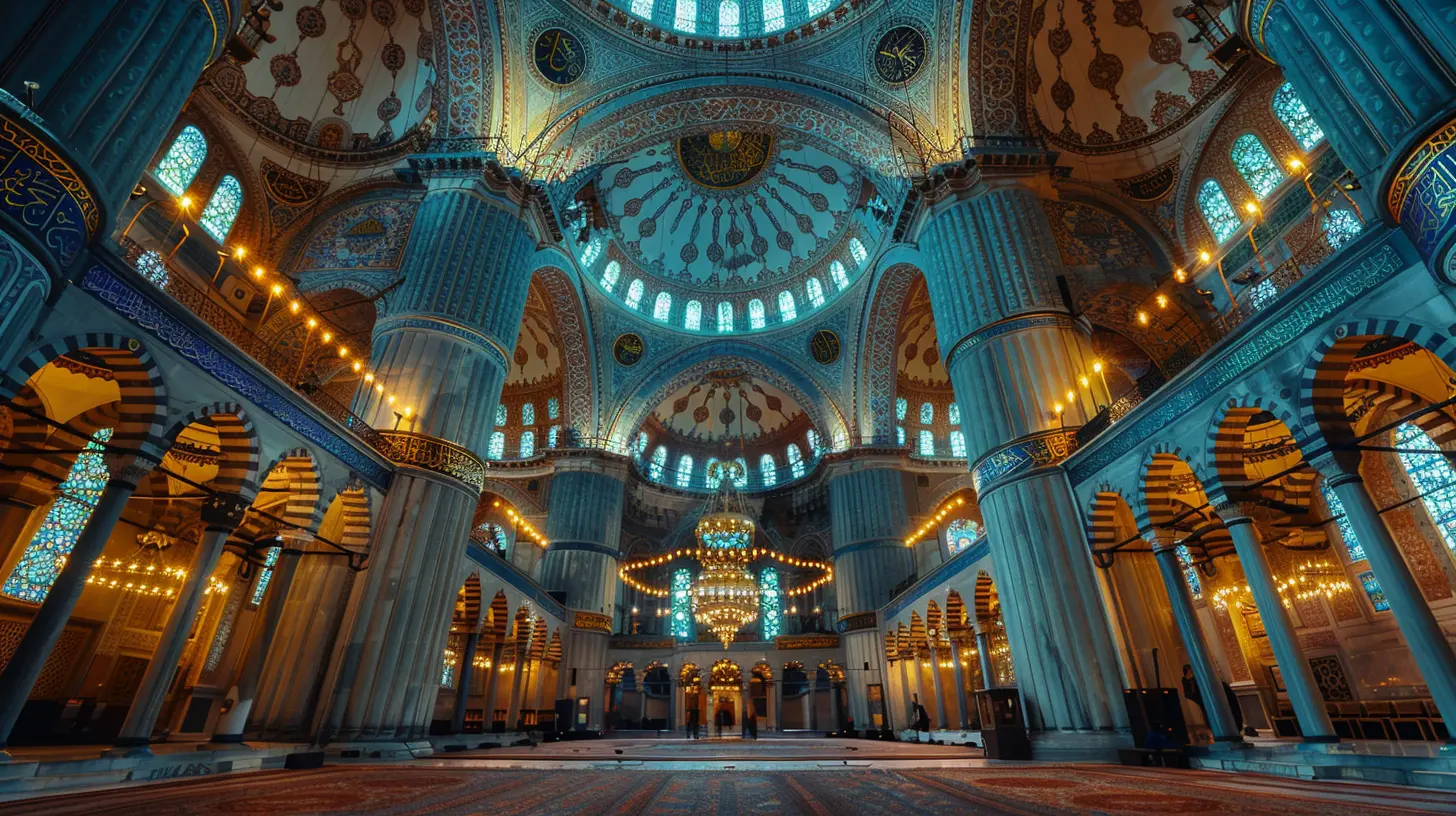
Architectural Grandeur: A Blend of East and West
Even if you're not an architecture buff, one look at the Blue Mosque and you’ll feel something stir in your soul. It’s like gazing into a canvas where Islamic art and Byzantine traditions meet, shake hands, and create a masterpiece.Six Minarets: A Bold Statement
You might notice something unusual the moment you look up — six slender minarets piercing the sky. This was a bold and controversial move back in the day. Why? Because only the Grand Mosque in Mecca had six minarets at the time. To quell the controversy, Sultan Ahmed ordered a seventh minaret to be added to the Mecca mosque. Problem solved, and history made.More Than Just Blue Tiles
Sure, the name "Blue Mosque" might make you think that every inch of it is dripping in blue. But that’s not quite the case. The blue comes from the over 20,000 handcrafted ceramic tiles that decorate the interior, mostly around the upper levels. These tiles feature flowing patterns of flowers, vines, and abstract motifs — a tribute to traditional Islamic artistry.And at the center? A massive dome 43 meters high that seems to float effortlessly above you. It's surrounded by a cascade of smaller domes, giving the illusion of clouds stacked in harmony.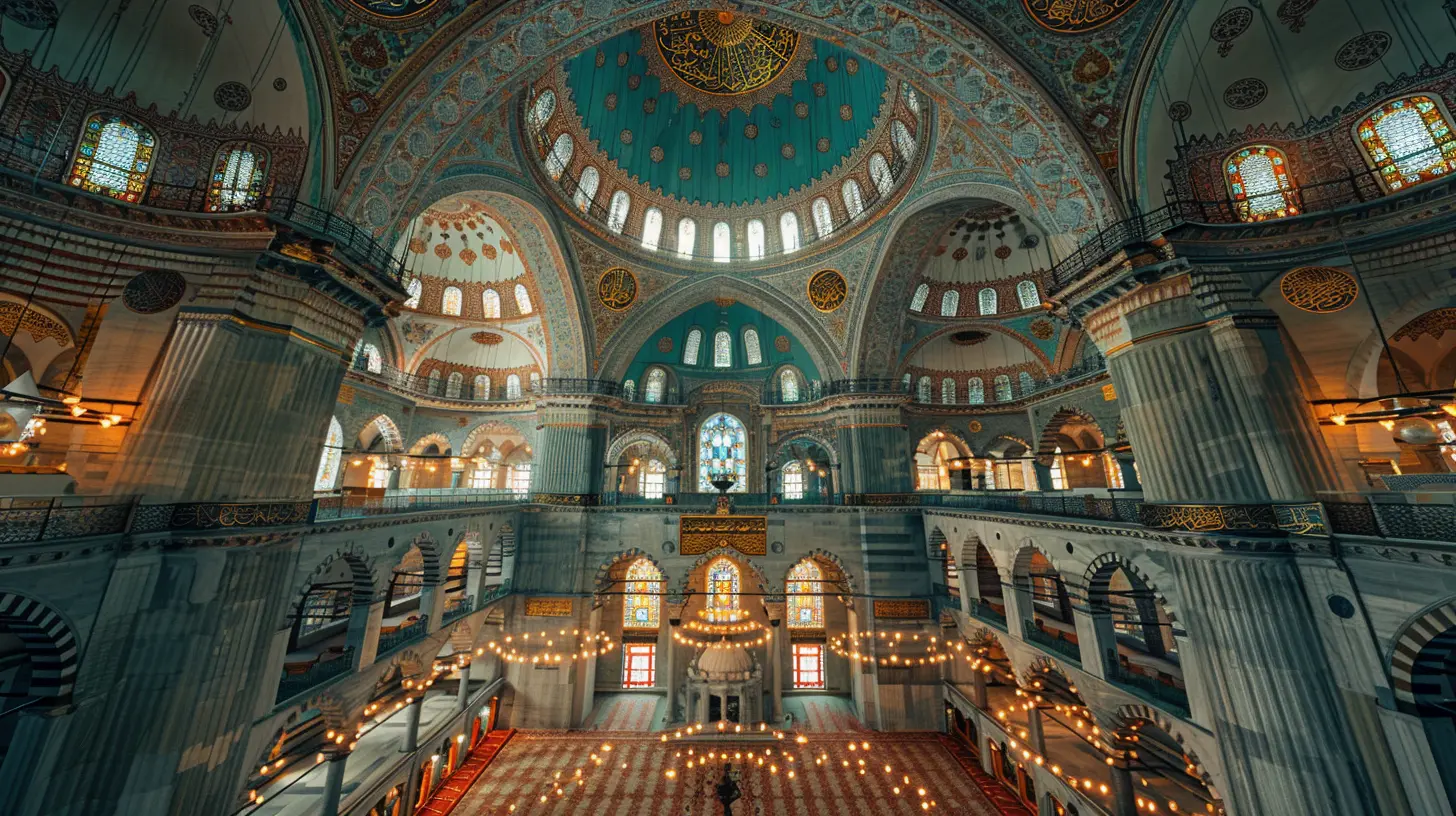
A Living Mosque: Spiritual and Social Significance
Far from being just a tourist hotspot, the Blue Mosque is still very much a functioning place of worship. Five times a day, the call to prayer floats through the city, summoning the faithful. Step inside during prayer time, and you’ll witness a scene that’s both humbling and heartwarming — rows of worshipers in peaceful submission.More Than Just Religion
The mosque didn’t just serve religious purposes. Back in its heyday, it was part of a larger complex (called a “külliye”) that included a madrasa (Islamic school), a hospice, and even a market. It was a hub where religion, education, and community life intertwined seamlessly.So in many ways, the Blue Mosque isn’t just a mosque. It’s a reminder of how deeply rooted Islam is in the fabric of Istanbul's everyday life — past, present, and future.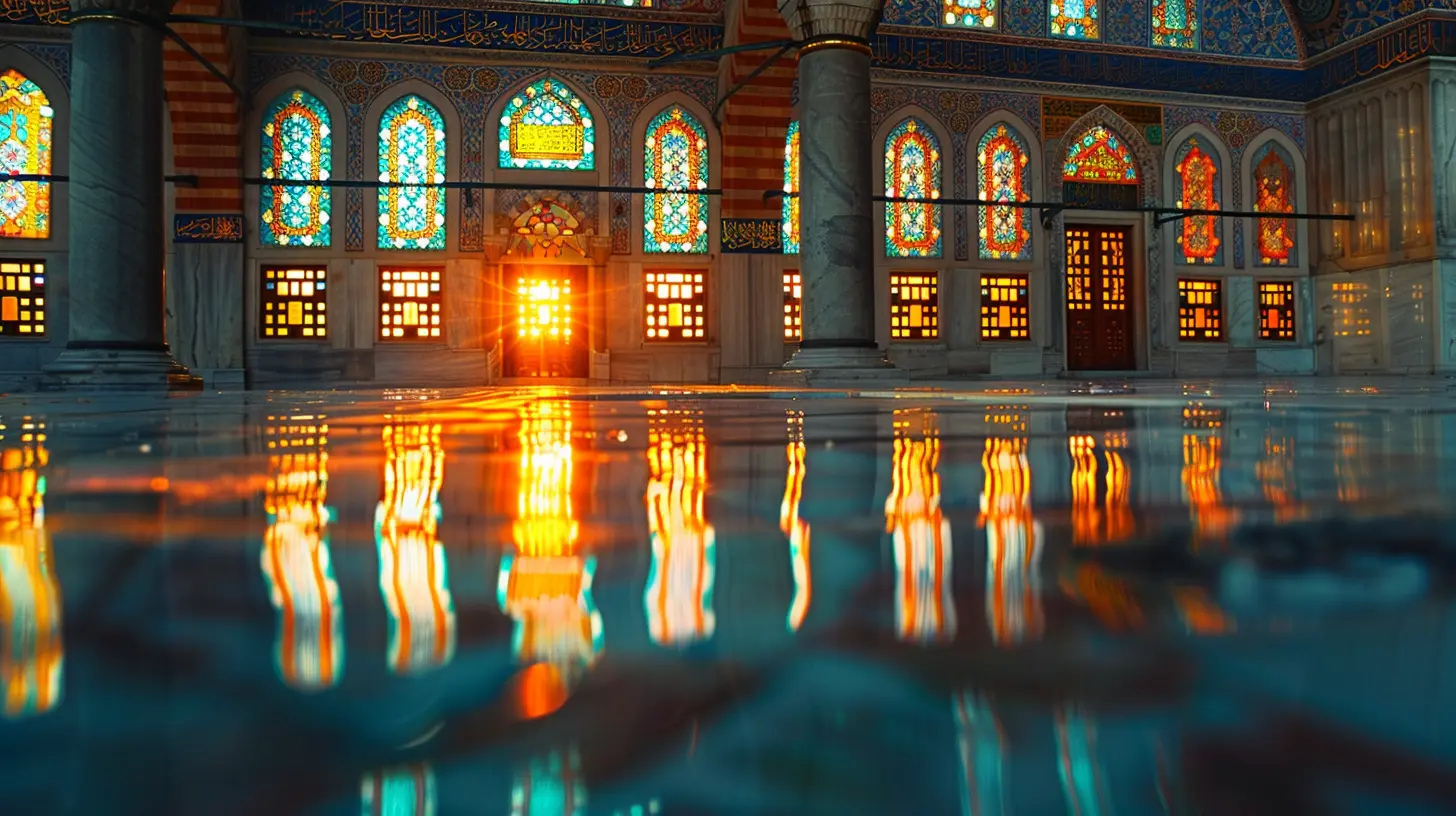
The Blue Mosque and Ottoman Identity
The Blue Mosque isn’t just an architectural triumph; it’s also a cultural statement. At a time when the Ottoman Empire was grappling with political uncertainty, this mosque symbolized unity, power, and spiritual devotion.It aimed to show the world that Ottoman art and culture could not only stand alongside the likes of Rome and Byzantium — they could outshine them.
A Reflection of Ottoman Aesthetics
From its symmetry to its choice of decorative motifs, the mosque reflects the refined tastes of Ottoman aesthetics. You'll find arabesques, calligraphic inscriptions of Quranic verses, and intricate geometric shapes all working in harmony — like a symphony of stone and color.It’s not random decoration; it’s structured beauty, meant to reflect divine order.
The Tourist Appeal: Where the World Meets
It’s not just locals who find spiritual or emotional solace here. The Blue Mosque has become a bucket-list destination for travelers from across the globe. And guess what? It’s totally free to enter.Yes, you’ll need to remove your shoes, and women are asked to cover their hair, but that’s all part of the experience. It's like stepping into another world — one that whispers stories from centuries ago.
Photography Heaven
Let’s be honest — the Blue Mosque is ridiculously photogenic. Whether it’s the silhouette at sunset, the textured tiles inside, or the awe-inspiring domes rising into a bright blue sky, it’s hard to take a bad picture.But beyond the lens, it’s the energy of the place that strikes a chord. There’s a kind of stillness, a sacred hush, that you don’t easily forget.
Challenges Through Time
Like many historic sites, the Blue Mosque has had its fair share of challenges. From earthquakes to restoration work that seemed to last forever, keeping this beauty standing tall hasn’t been easy.Ongoing Restoration
In recent years, major renovations have taken place to preserve both the structure and the intricate artwork inside. While sections may occasionally be closed to visitors, these efforts are crucial for ensuring that future generations can enjoy the mosque just as we do today.Cultural Symbol Beyond Borders
The Blue Mosque isn’t just revered in Turkey. It's an internationally recognized symbol of Islamic art and Turkish culture.Its image graces postcards, travel brochures, calendars, and even currency. More than that, it opens a window for people unfamiliar with Islam or Ottoman history to appreciate a different perspective — one grounded in beauty, devotion, and craftsmanship.
For many, visiting the Blue Mosque becomes a pivotal travel memory. It’s a place where spirituality and curiosity collide, where history feels alive and somehow speaks directly to you.
Why the Blue Mosque Still Matters Today
In a world that’s increasingly fast-paced and digital, the Blue Mosque reminds us of the human touch — quite literally. Every tile, every carving, was put in place by a craftsman hundreds of years ago. It’s a celebration of patience, precision, and purpose.It also serves as a bridge — between continents, between religions, between past and present.
And perhaps in that bridging, the Blue Mosque quietly teaches its visitors something profound: that different doesn’t mean distant. That there’s beauty in diversity. That faith and artistry can go hand in hand.
Tips for Visiting the Blue Mosque
Looking to see it for yourself? Here are a few insider tips:- Go early: Mornings are less crowded and the lighting is magical.
- Dress respectfully: Long pants or skirts, and a scarf for women to cover their hair.
- Avoid prayer times: Especially Fridays at noon. The mosque closes temporarily to non-worshippers.
- Be respectful: Keep voices low, avoid flash photography, and step gently.
- Look up and around: Don’t just focus on the tiles; the domes, windows, and even the floor have stories to tell.
Final Thoughts: More Than Just a Pretty Face
The Blue Mosque isn’t just a landmark; it’s a living, breathing entity. A place where stone meets soul, where the echoes of ancient prayers still linger in the air.So next time you’re planning your travel bucket list or just craving a journey through history from the comfort of your couch, think of the Blue Mosque.
It’s not just about what you’ll see there — it’s about what you’ll feel.
all images in this post were generated using AI tools
Category:
Must See LandmarksAuthor:

Winona Newman
Discussion
rate this article
1 comments
Elara McAllister
Architectural marvel embodying heritage.
September 7, 2025 at 4:08 PM

Winona Newman
Thank you! The Blue Mosque truly represents a harmonious blend of architectural beauty and rich cultural heritage.

